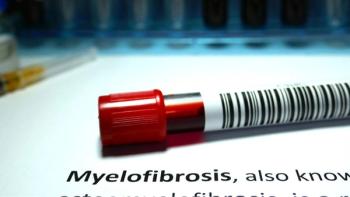
|Articles|June 22, 2018
Three Types of MPNs: Get to Know Your Disease and Treatment Options
Author(s)Brielle Benyon
An MPN diagnosis can be overwhelming, but here are some of the basic facts every newly diagnosed patient should know.
Advertisement
A cancer diagnosis can be very overwhelming; however, this is especially true when someone is diagnosed with a myeloproliferative neoplasm (MPN) because chances are they have never heard of the term before.
One of the first pieces of information a newly diagnosed patient should seek is the specific type of MPN that they have, as this can be key in determining treatment strategies.
The types of MPNs are:
- Polycythemia vera: Patients with polycythemia vera tend to be very symptomatic and feel ill with their disease. However, according to Jeanne M. Palmer, M.D., the drug Jakafi (ruxolitinib) may help provide symptom control.
- Myelofibrosis: While patients diagnosed with myelofibrosis may currently have limited treatment options, findings from the phase 3 PERSIST2 trial showed that pacritinib, a JAK2/FLT3 inhibitor, may offer new hope in those who also have low platelet counts (thrombocytopenia).
- Essential thrombocythemia: In less severe cases of essential thrombocythemia, patients who need treatment can be managed with blood thinners or medication to lower platelet counts. However, treatment can make patients feel fatigued or lightheaded. The good news is that recent research at the Mayo Clinic found that patients are willing to use diet and exercise to potentially alleviate some of these symptoms.
Under the right treatment plans, patients with MPNs can live long, healthy lives, so it is crucial that they speak with their health care teams about what treatment regimen is right for them.
Advertisement
Advertisement
Advertisement
Trending on CURE
1
Gedatolisib Plus Faslodex Shows Efficacy in Advanced HR+ Breast Cancer
2
Reading the Fine Print: Why Ingredient Awareness Matters After Cancer
3
Stigmas Faced by Patients With Lung Cancer
4
Addressing Concerns on Diet During Breast Cancer Treatment
5




